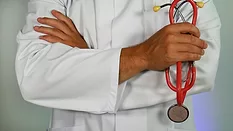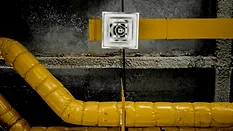
Hospitals & Medical Centers
Unique and shared problems to solutions in healthcare specific to products and services.
Articles
More ArticlesPodcasts
More PodcastsBlog Posts
See MoreSign-up to receive top management & result-driven techniques in the industry.
Join over 20,000+ industry leaders who receive our premium content.
SIGN UP TODAY!Copyright ©2025. All Rights Reserved BNP Media.
Design, CMS, Hosting & Web Development :: ePublishing





